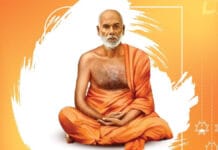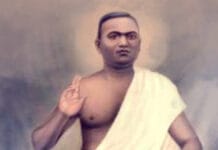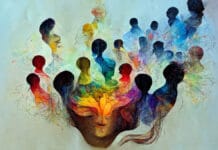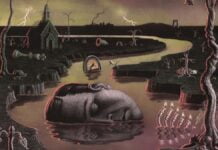Geoffrey Hartman’s essay Literary Criticism and Its Discontents is a reflective and nuanced exploration of the evolving field of literary criticism. Hartman examines the challenges, transformations, and crises faced by criticism in the modern intellectual landscape. Published during a time when the theory was experiencing both significant influence and scepticism, the essay seeks to address the tensions between literary criticism, cultural studies, and broader intellectual trends.
Crisis in Literary Criticism
Hartman opens by acknowledging the discontent or dissatisfaction surrounding literary criticism, particularly its perceived decline in prestige and relevance. He attributes this to the rise of cultural studies and other interdisciplinary approaches, shifting focus away from literature as a central cultural artefact. This displacement has led to debates about the purpose and direction of literary criticism.
Literature vs. Theory
The essay discusses the relationship between traditional literary criticism and contemporary literary theory. Hartman identifies a tension between the appreciation of literature as an art form and the theoretical frameworks that analyse literature through political, psychological, or structural lenses. He suggests that while theory enriches criticism, it can also distance readers from the aesthetic and emotional aspects of literature.
Challenges of Over-Theorisation
Hartman critiques the dominance of theoretical jargon and overly abstract methodologies that sometimes obscure the literary text itself. He warns against criticism becoming a self-contained discourse, detached from the experiential and imaginative engagement with literature. This trend, he argues, risks alienating general readers and undermining the accessibility of criticism.
Interdisciplinary Tensions
The essay explores the impact of interdisciplinary approaches, such as cultural studies, feminism, and postcolonialism, on literary criticism. While Hartman appreciates the insights these perspectives bring, he notes that they often prioritise sociopolitical concerns over aesthetic appreciation, leading to a redefinition of literature’s role in society.
The Role of the Critic
Hartman reflects on the changing role of the literary critic. Traditionally seen as a mediator between the text and the reader, the critic’s role has become more complex in an era dominated by theoretical paradigms. Hartman advocates for a balance where critics remain sensitive to both the artistic qualities of literature and its broader cultural implications.
Hope for Literary Criticism
Despite the challenges, Hartman expresses hope for the future of literary criticism. He envisions a form of criticism that embraces both theory and aesthetic appreciation, fostering a renewed engagement with literature as a vital and transformative force.
Insightful Diagnosis of Criticism’s Crises
Hartman’s ability to identify the key issues facing literary criticism—its marginalisation, over-theorisation, and interdisciplinary tensions—demonstrates his deep understanding of the field. His acknowledgement of these challenges without succumbing to despair reflects his commitment to constructive dialogue.
Balanced Perspective
The essay achieves a rare balance by appreciating the contributions of literary theory while cautioning against its excesses. Hartman neither dismisses theory nor advocates a return to purely traditional criticism; instead, he seeks a synthesis that values both aesthetic appreciation and critical inquiry.
Defence of Literature’s Autonomy
One of Hartman’s most compelling arguments is his defence of literature as an autonomous art form. He critiques approaches that reduce literature to sociopolitical or theoretical constructs, emphasising the importance of engaging with its aesthetic and imaginative dimensions.
Relevance to Contemporary Criticism
The essay remains highly relevant in today’s academic landscape, where literary criticism continues to grapple with similar challenges. Hartman’s reflections provide valuable insights for navigating the complexities of interdisciplinary approaches, theoretical frameworks, and the cultural role of literature.
Emphasis on the Role of the Critic
Hartman’s discussion of the critic’s role is both pragmatic and aspirational. He calls for critics to serve as bridges between literature and society, combining intellectual rigour with a sensitivity to the artistic and emotional power of texts.
Clarity and Eloquence
Hartman’s prose is characterised by clarity, precision, and intellectual elegance. He articulates complex ideas in an accessible manner, making the essay engaging for specialists and general readers.
Philosophical Depth
The essay engages with broader philosophical questions about the nature of art, the purpose of criticism, and the relationship between literature and society. This depth enhances its significance, situating literary criticism within a larger intellectual framework.
Call for Renewal
Hartman’s hopeful vision for the future of criticism is inspiring. By advocating for a renewed balance between theory and aesthetics, he invites critics to reimagine their role and reaffirm the transformative potential of literature.
Literary Criticism and Its Discontents is a masterful exploration of the challenges and possibilities facing literary criticism in a changing intellectual landscape. Its balanced critique of contemporary trends, defence of literature’s autonomy, and call for a renewed engagement with both theory and aesthetics make it a cornerstone of modern critical thought. Hartman’s insights continue to resonate, offering guidance and inspiration for critics, scholars, and readers alike.





























